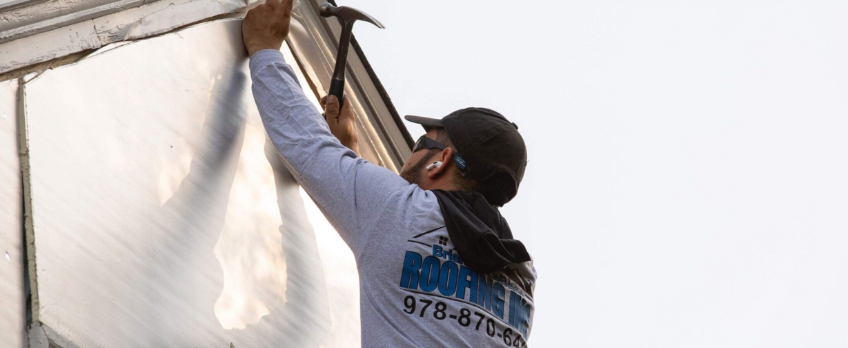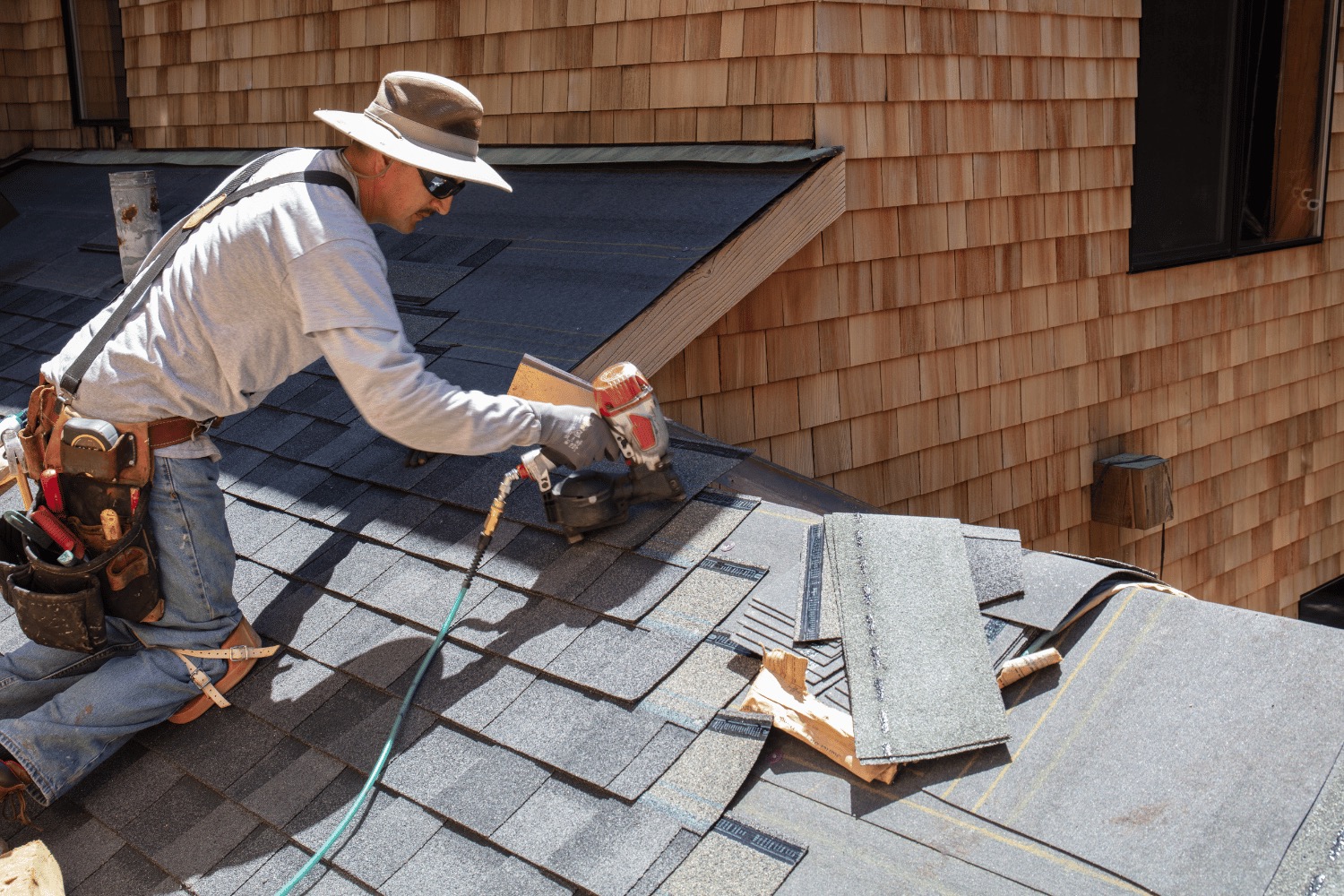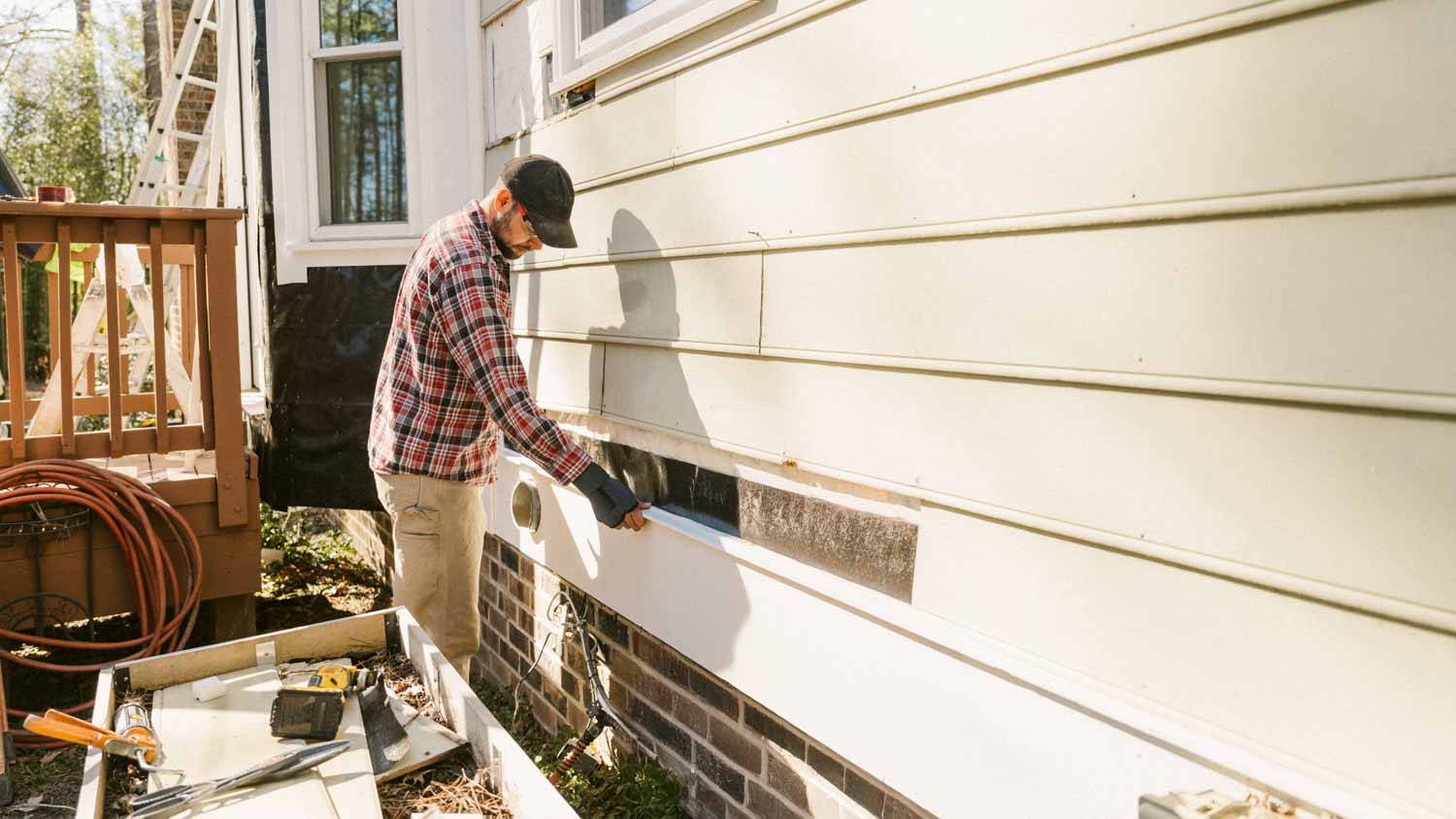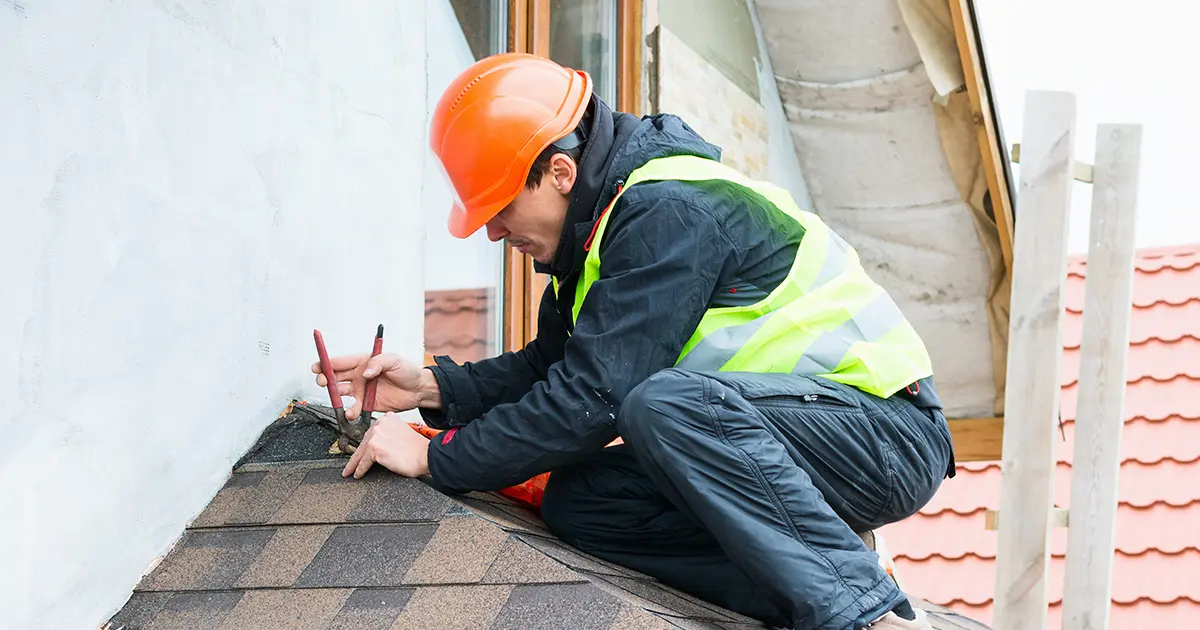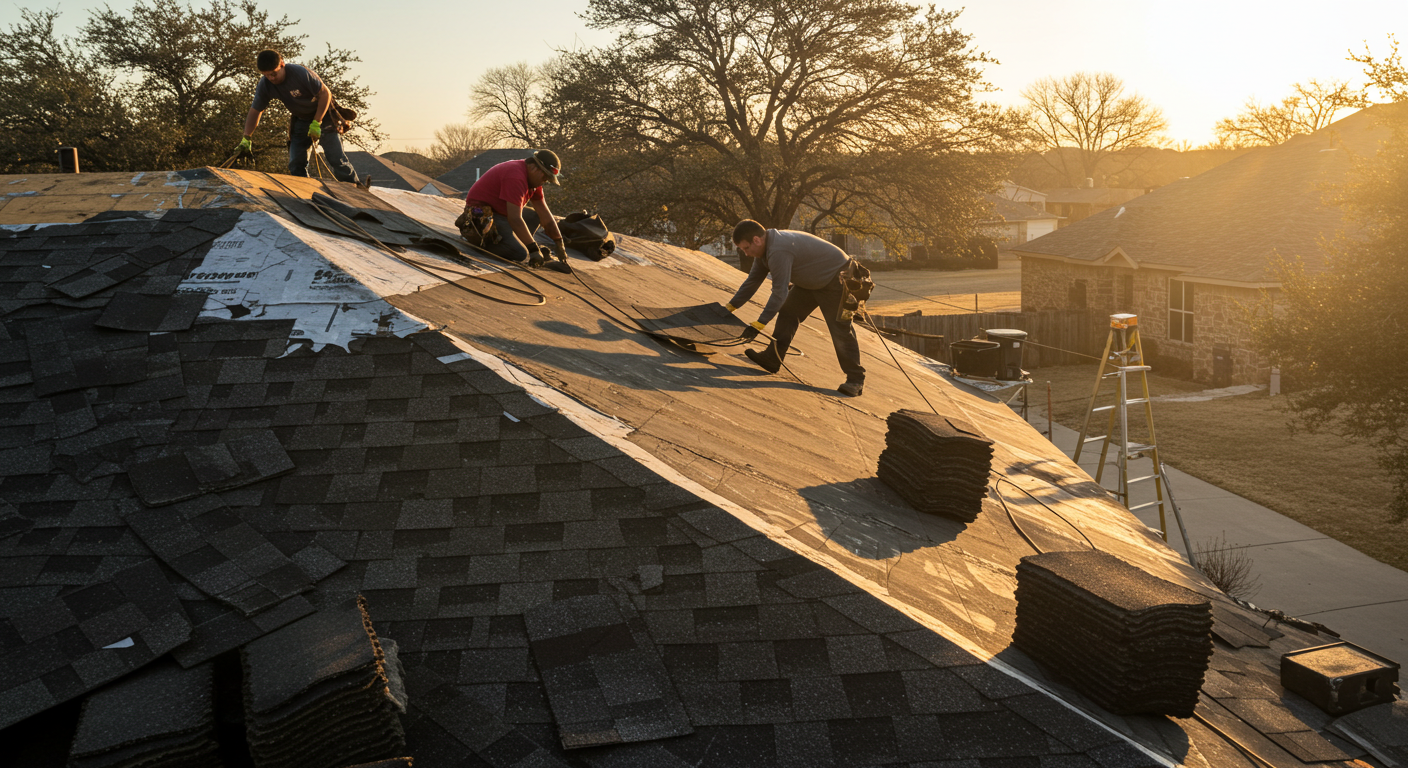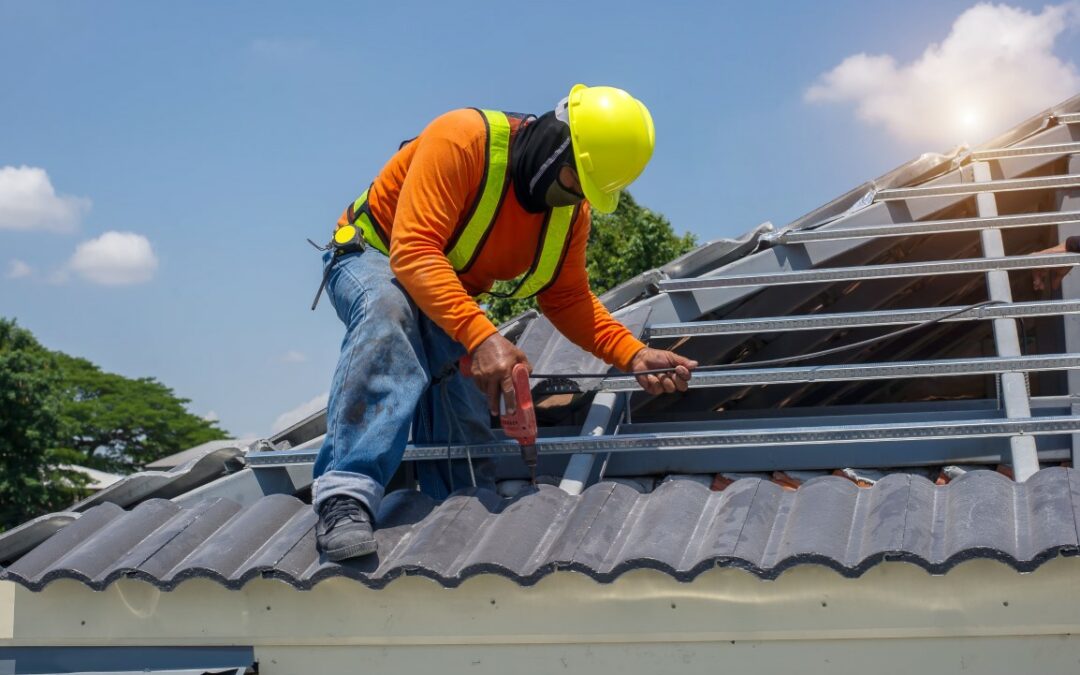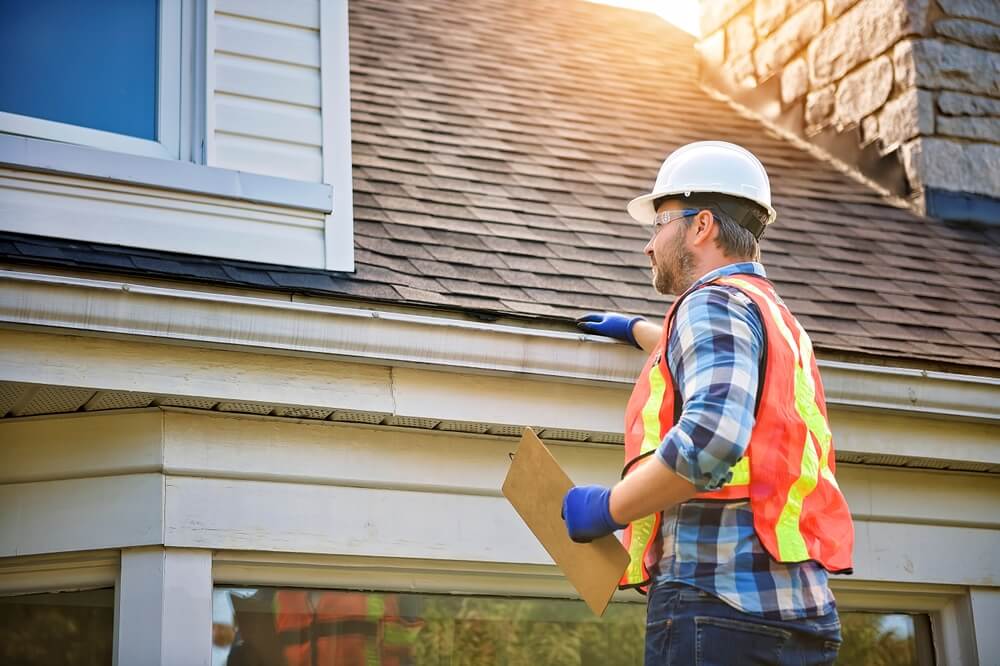When Does Siding Need to Be Replaced?
You noticed it months ago. That one piece of siding that always looked off. A little warped. Maybe the colours fade more than the rest. You told yourself you’d get it checked when you had time. But now, a few more boards are starting to curl. There’s even a damp patch near the baseboard inside the living room.
So now you’re asking: How do you know when siding needs to be replaced?
You’re not alone. Most homeowners wait until something looks bad before they act – but by then, the damage is already deeper than it looks. At Brian LeBlanc Roofing, we’ve seen it all – hidden water damage, sky-high energy bills, and even termite problems – because old siding wasn’t doing its job.
This guide walks you through the real signs, the hidden risks, and exactly how to protect your home before small issues become big ones.
Why Is Siding More Important Than You Might Imagine?
Think of siding as your home’s first line of defence against rain, wind, snow, sun, and pests. It also plays a major role in energy insulation and helps regulate indoor temperatures year-round.
So when someone asks us, How do you know when siding needs to be replaced, we say: You notice it’s time when that barrier is no longer working properly.
Warning Signs: How Do You Know When Siding Needs to Be Replaced?
Let’s look at the most common and serious red flags.
Warped or Bulging Panels
When you notice your siding twists or bulges, it probably means there is moisture trapped behind it. The siding isn’t only damaged – it could be allowing water to seep into the walls.
Gaps or cracks
What may seem like tiny cracks can open the door for moisture, insects, and rodents to enter your house. Allowing them to be alone for a long period makes the damage inside them even worse
Fading, Peeling, or Discolouration
When paint quickly fades, likely, your siding is no longer able to stop UV light or keep moisture out. Not only is it ugly, but it is not delivering well.
Mold, Mildew, or Dry Rot
If you see green or soft spots on your siding, that’s a big warning sign. They show that water is not draining away, and this is when mold and rot can start to attack the home.
High Energy Costs
If the cost of heating and cooling your home is rising without any other reason, it could be that your siding isn’t insulating well or has developed leaks.
Still wondering how you know when siding needs to be replaced? These signs are your answer. The sooner you act, the more damage and cost you avoid.
What Causes Siding to Fail?
No matter how great your siding is, it won’t remain perfect forever. These are the main reasons we notice failures in our service area:
- Harsh Weather: Heavy rain, strong winds, and intense sun can eventually wear out different building materials. Siding panels may become damaged by storms, or the water from these storms can cause the wood underneath to rot.
- Age: Many siding materials can last up to 40 years. If your siding isn’t from the last decade, it has probably started to wear down, even if you can’t yet see the problems.
- Poor Installation: If siding is not put in properly, even the most expensive options will fail quickly. Within just a year or two, problems with gaps, loose nails, and bad flashing can make a new exterior unsafe.
- Insects or Pests Have Caused the Damage: Wood siding can easily attract termites and carpenter ants. Even vinyl siding is vulnerable, as bugs that get behind it will start eating through your framing.
Material Matters: When Does Each Type Need Replacing?
Let’s break it down by type, because “how do you know when siding needs to be replaced” changes depending on what your home is wrapped in.
Vinyl Siding
- Lifespan: 20 - 30 years
- Replacement Signs: Cracks, warping, discoloration, or frequent panel popping after storms.
Wood Siding
- Lifespan: 20 - 40 years (with good maintenance)
- Replacement Signs: Rot, termites, peeling paint, soft spots, and water damage.
Fiber Cement
- Lifespan: 30 - 50 years
- Replacement Signs: Warping, cracking, moisture intrusion, or visible seams pulling apart.
Aluminum Siding
- Lifespan: 30–40 years
- Replacement Signs: Dents, rust, colour fading, or corrosion around the fasteners.
Each material breaks down differently, but they all share one thing in common: the longer you wait, the more expensive the fix.
What Happens If You Ignore the Signs?
Let’s say you keep asking, “How do you know when siding needs to be replaced?” but decide to wait another year or two to act. Here’s what might happen:
- Water damage spreads into your insulation or drywall
- Mold grows in wall cavities, leading to health risks
- Structural rot weakens framing, window headers, or floor joists
- Pests nest behind siding and eventually inside your walls
- Energy bills soar as insulation breaks down and air escapes
Real Homeowner Stories: When Waiting Backfired
Denis C. - Worcester
Denis could tell that his home’s siding was wearing out, but he didn’t do anything right away. When we contacted Brian M. LeBlanc Roofing, we carried out a complete inspection with drones and found missing shingles and other problems. We finished the new roof in just one day, and the gutters the next. Denis remarked that he was happy with our work and liked how the roof and gutters looked.
Ed H. – North Andover
Ed noticed a leak in his roof and called us. We acted fast, looked at the issue, and talked about solutions. The repair work was done as expected by our team, and Ed appreciated the professionalism and good communication he received. He urged homeowners to fix roof problems right away to stop more damage from happening.
These stories are common. And if you’re asking how you know when siding needs to be replaced, these real-world consequences are the best answer you’ll get.
When to Call a Pro (and Why DIY Isn’t the Answer)
If you’re seeing signs – warping, cracks, mold, or energy inefficiency – get a siding inspection.
Trying to patch or repaint problem areas might buy you a few months, but it won’t solve underlying issues like hidden moisture or framing damage.
At Brian LeBlanc Roofing, we do more than just roofing. Our team includes siding experts who know how to spot small problems before they become expensive ones.
Conclusion: Don’t Wait for Damage
Still wondering how you know when siding needs to be replaced?
If you’ve read this far, you probably already have an idea. A few small cracks or soft spots now could be hiding much bigger problems. And if you’re seeing mold, warping, or fading, your siding has already lost its ability to protect your home.
- At Brian LeBlanc Roofing, we’ll inspect your siding, walk you through the next steps, and recommend the best replacement for your home and budget - no pressure, just real solutions.
- Schedule your siding consultation today - and let’s protect your home from the damage before it gets too late.
FAQS
1. What is the usual price for replacing siding?
Spending on a home remodel depends on the materials, the home’s size, and how involved the project is, but most homeowners pay between $10,000 and $25,000. Request a custom price after the inspection has been completed.
2. Could I just fix my siding, rather than replacing it?
If the damage is over 30% or the house’s core is damaged, it is usually better to replace the whole house.
3. Does installing new siding boost the value of your home?
Yes. A new siding will enhance your home’s appearance, better insulate it, and typically give you a 75–85% return when you sell.
4. How much time does it take to install siding?
Usually it takes between 7 and 10 days, but this depends on the weather and how big your home is.


